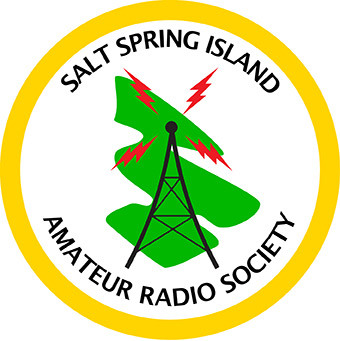Cross-Band Repeaters
What is Cross-Band Repeat?
Some dual-band radios are capable of cross-band repeat. With the feature enabled, whatever it hears on one band, it repeats on the other. Typically, radios with 2M and 70cm are capable of doing this. Tones should be used so that intermod or distant stations sharing the frequency don't trigger the cross-band repeater. Cross-band repeat could be set up from e.g. a UHF simplex frequency to a VHF duplex repeater frequency. One important point to keep in mind is that if the repeater has a squelch tail, and most do, the radio doing the cross-band repeating is going to continue to transmit until the repeater drops. The simplex user can't transmit as soon as the other person stops. It must wait until the repeater stops transmitting.
Why Use Cross-Band Repeat?
Cross-band repeat can be useful any time you can't reliably talk to another station from an HT. If you have a base or mobile radio capable of cross-band repeat, and you are within simplex range of it, and that radio can reach the other stationn or repeater you are trying to use, it would appropriate. The other side of the cross-band repeater could be another simplex frequency, or it could be a regular duplex repeater frequency. The cross-band repeater could be in your own shack to help you get to a repeater that you can't reliably hit with your HT, or it could be in a strategically placed vehicle on a hilltop to extend the range of two HTs with one on VHF and one on UHF. If the cross-band repeater is in a vehicle, be aware that long-term usage could discharge the battery.
Tones
Tone Squelch should be used to prevent inadvertent triggering of the cross-band repeat radio. It could be CTCSS or DCS. CTCSS is Continuous Tone-Coded Squelch System, or so called sub-audible tones, and DCS is the newer and technically superior Digital Coded Squelch. If the cross-band repeater is using simplex frequencies on both sides, both should use tones. If a repeater frequency is used on one side, it depends on whether the repeater itself transmits tones. At the very least, tone squelch should be used on the "controlling" frequency. Some old radios with cross-band repeat capability could only use a tone on one side. While a number of radios have cross-band repeat, the Kenwood TM-V71A has a lot going for it. The radio is reasonably priced, easy to use, and can be frequency agile as well used as a straight cross-band repeater.
Yaesu FTM-400
The FTM-400D is capable of cross-band repeat, but it isn't mentioned in the original manual. After setting up the frequencies and tones to be used, turn the radio off and then power it back on while holding in the DISP F and GM buttons while turning it back on. The same combination when powering it back on also takes it out of cross-band repeat mode.
